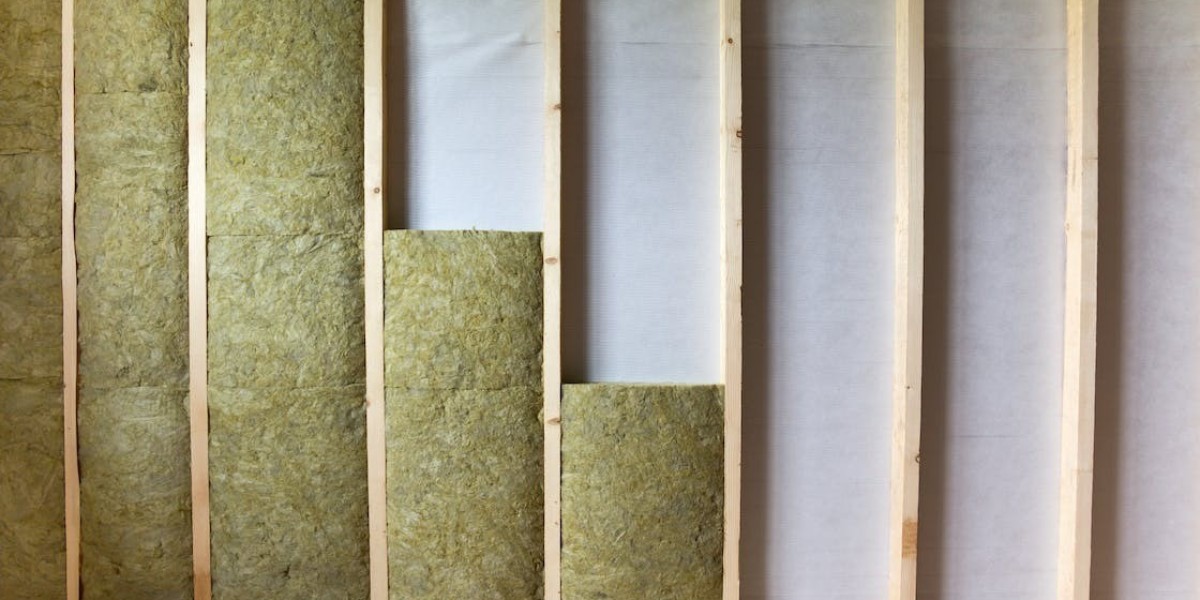Retrofitting wall insulation is a process that involves adding or replacing insulation in an existing building. The main aim of this process is to improve energy efficiency and reduce heating and cooling costs.
However, retrofit wall insulation can be a significant investment, and many homeowners often wonder if it's worth it. In this blog post, we will look in-depth at the pros and cons of retrofitting wall insulation and help you decide if it's a good investment for your home.
Benefits of Retrofitting Wall Insulation
There are several benefits of retrofitting wall insulation. Firstly, it can significantly improve your home’s energy efficiency, leading to lower heating and cooling costs. Secondly, it can increase the comfort of your home by reducing drafts and cold spots.
Thirdly, it can help reduce noise pollution from outside. You can stay at away from the hustling of the city outside. Finally, it can increase the value of your home and make it more attractive to potential buyers.
Types of Wall Insulation
Before deciding on whether retrofit wall insulation is worth the investment, it's important to understand the different types of insulation available. The two main types of insulation are batt insulation and blown-in insulation.
Batt insulation is made of fibreglass and comes in pre-cut panels that are fitted between the studs in your walls. Blown-in insulation is made of recycled materials such as cellulose or fiberglass and is blown into your walls using special equipment.
Factors to Consider
There are several factors to consider when deciding whether retrofitting wall insulation is worth the investment. Firstly, the age and condition of your home. If your home is old and poorly insulated, retrofitting wall insulation can be a worthwhile investment.
Secondly, the climate you live in. If you live in a cold climate, retrofitting wall insulation can be an excellent way to reduce heating costs. If you live in a hot climate, it can help reduce cooling costs. Finally, the cost of energy in your area. If you live in an area with high energy costs, retrofitting wall insulation can provide significant savings over time.
Cost of Retrofitting Wall Insulation
Retrofitting wall insulation can be a significant investment, and the cost can vary depending on several factors, such as the size of your home, the type of insulation used, and the condition of your walls. On average, retrofitting wall insulation can cost anywhere from $1,500 to $5,000 for a typical home. However, the cost can be offset by savings in energy costs over time.
Conclusion
In conclusion, retrofitting wall insulation can be a worthwhile investment for homeowners looking to improve energy efficiency, increase comfort, reduce noise pollution, and increase the value of their home. However, it's important to consider the factors mentioned above and weigh the costs and benefits before making a decision. If you're unsure whether retrofit wall insulation is right for your home, it's always a good idea to consult with a professional insulation contractor who can provide expert advice.








